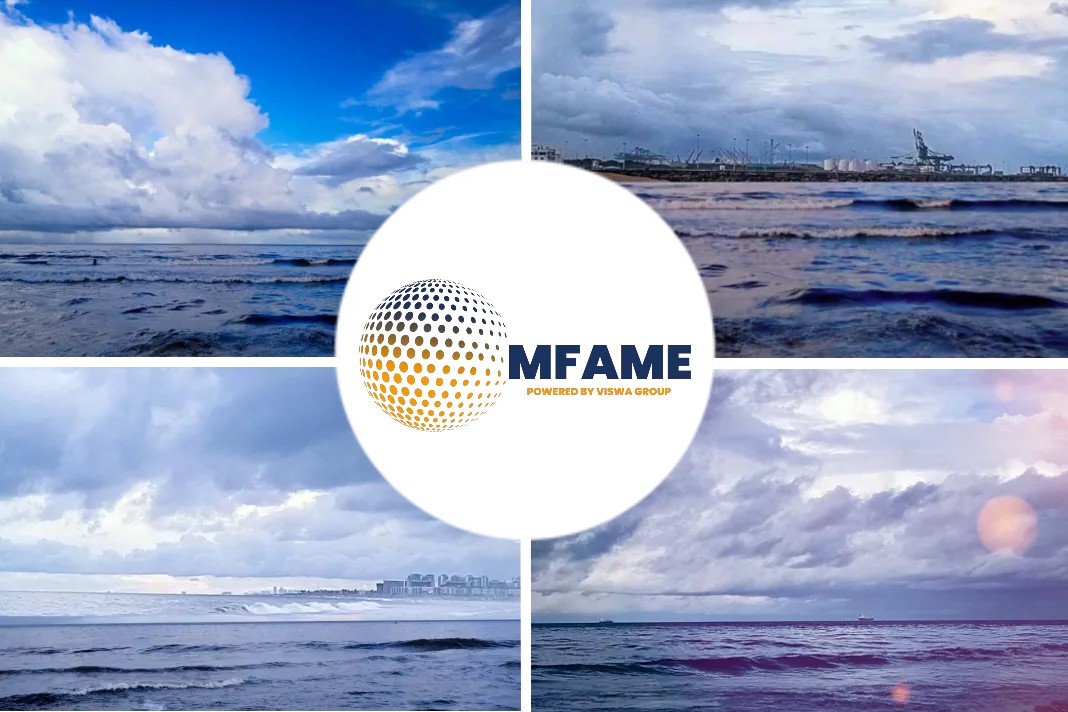
While approximately 70% of the current ammonia supply is utilized in fertilizer production, the remaining portion serves various industrial applications like plastics and synthetic fibres. However, the shipping industry sees a distinct potential for ammonia as a fuel, which could lead to its increased adoption and growth in this sector, as published in The Edge.
Net-zero target
In April 2018, the International Maritime Organization (IMO) committed significantly by setting a net-zero target for the shipping industry to eliminate greenhouse gas (GHG) emissions within this century. The initial IMO 2050 strategy aimed to reduce GHG emissions from ships by 50% by 2050 compared to a 2008 baseline. It also aimed to decrease the carbon intensity of international shipping by at least 40% by 2030 and pursue efforts towards a 70% reduction by 2050, using the same baseline.
However, attempts to improve upon this initial target have faced resistance from the IMO’s 32 member states. During the Marine Environment Protection Committee (MEPC 79) meeting in December of the previous year, 10 countries voted against increasing the current level of ambition. The strategy is set to be revised and adopted this year, indicating ongoing discussions and negotiations among member states regarding the shipping industry’s decarbonization goals.
Energy demand
Member states of the International Maritime Organization (IMO) have committed to adopting a revised strategy at the upcoming MEPC 80, scheduled for July 3 to July 7. This revised strategy is expected to include intermediate greenhouse gas (GHG) reduction targets for 2030 and 2040, aligning with global efforts to limit the temperature increase to 1.5°C above pre-industrial levels.
The shipping industry has historically relied on oil products for over 99% of its total energy consumption. However, the industry’s GHG emissions only account for 2.9% of the global total. In 2021, biofuels met less than 0.5% of the international shipping sector’s energy demand, as reported by the International Energy Agency (IEA). To achieve the goal of net-zero emissions, the industry will need to significantly increase the adoption of alternative fuels such as biofuels, hydrogen, ammonia, and electricity.
Ammonia as a fuel
Ammonia is a fuel that does not emit carbon dioxide during combustion since it lacks a carbon atom. It consists of one nitrogen atom and three hydrogen atoms. Ammonia has approximately half the energy density of bunker fuels and can be in a liquid state at -33°C, eliminating the need for high-pressure or cryogenic storage tanks.
The Ministry of Trade and Industry (MTI) in Singapore’s National Hydrogen Strategy acknowledges ammonia as one of the most promising zero-carbon marine fuels. According to projected scenarios by DNV and the International Energy Agency (IEA), ammonia is expected to play a significant role in decarbonizing the global shipping industry. DNV estimates that ammonia could contribute a substantial portion to the world’s maritime energy mix by 2050, while the IEA suggests that ammonia could meet around 45% of international shipping fuel demand to achieve global net-zero emissions by 2050.
Did you subscribe to our newsletter?
It’s free! Click here to subscribe!
Source: The Edge



















